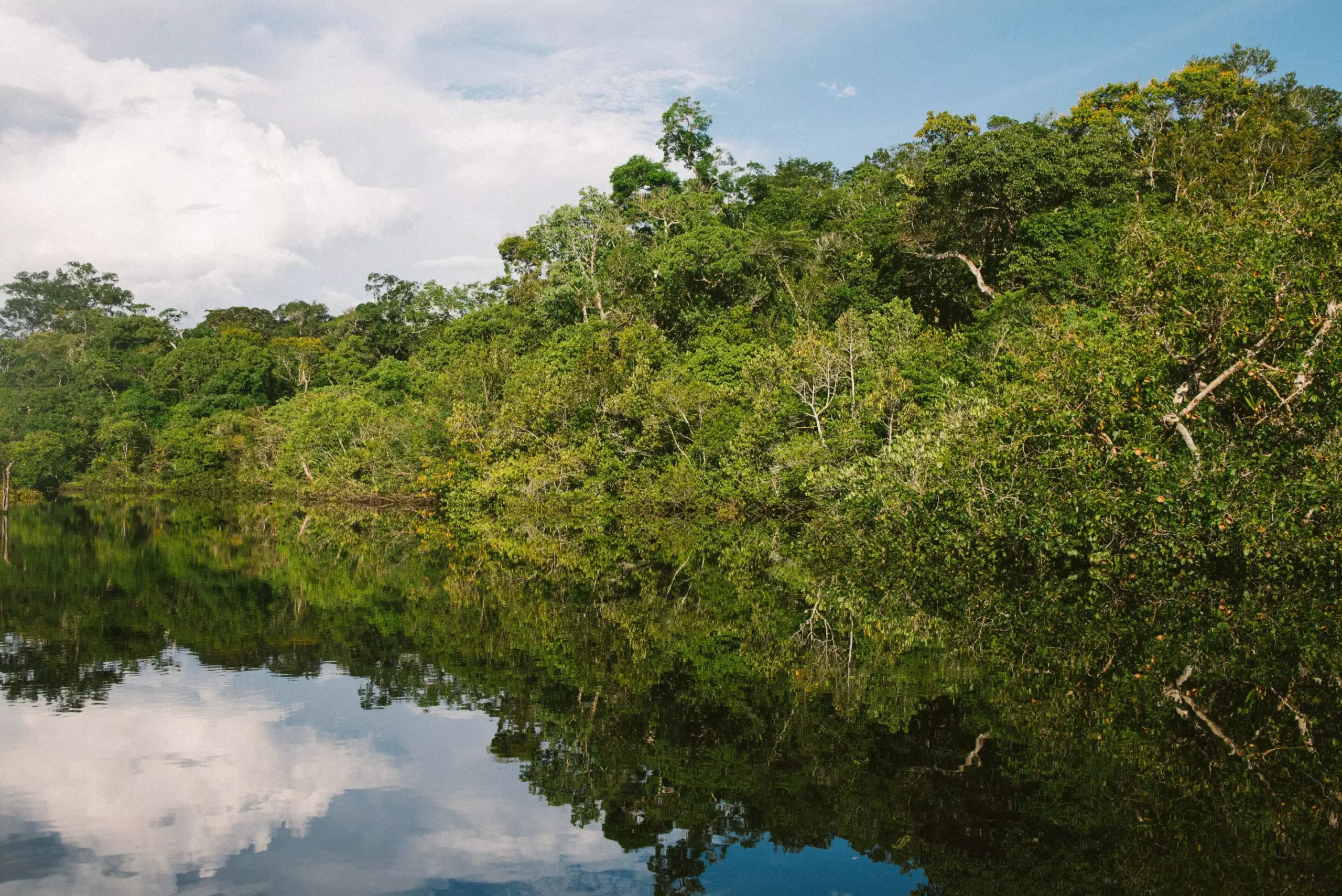The Amazon rainforest, often referred to as the “lungs of the Earth,” is rapidly approaching a tipping point that could have catastrophic consequences for the global climate system. A new study published in Nature, conducted by an international team of researchers including scientists from the Potsdam Institute for Climate Impact research (PIK), warns that up to 47% of the Amazonian forest is under threat. This study not only identifies the climatic and land-use thresholds that should not be breached to maintain the resilience of the Amazon but also reveals the alarming shift of the Southeastern Amazon from a carbon sink to a source due to excessive human pressure.
The implications of the Amazon rainforest’s collapse extend far beyond its immediate borders. As rainforests play a crucial role in enriching the air with moisture, the loss of forest cover in one area can trigger a self-propelling feedback loop, resulting in the loss of forest in another. The ramifications of such a scenario are dire, as the moisture transported by the Amazon’s “flying rivers” is a critical component of the South American Monsoon, ultimately influencing rainfall patterns across vast regions of the continent. Furthermore, the Amazon stores a significant amount of carbon, equivalent to 15-20 years of current human CO2 emissions. Thus, the destruction of the forest not only exacerbates global warming but also intensifies its consequences.
The study identifies five critical drivers that push the Amazon rainforest towards its tipping point: global warming, annual rainfall amounts, the intensity of rainfall seasonality, dry season length, and accumulated deforestation. The researchers establish safe boundaries for each of these drivers to guide efforts in preserving the Amazon’s resilience. For instance, the study finds that if the mean annual rainfall dips below 1000 mm per year, it would be impossible for the rainforest to survive. Moreover, a rainfall threshold below 1800 mm per year could lead to abrupt transitions from rainforest to Savanna-like vegetation, triggered by droughts or forest fires, which have become increasingly frequent and severe in recent years.
The study also explores the potential future outcomes for disturbed forests within the Amazon. In some cases, the forest may recover but remain in a degraded state dominated by opportunistic plants like lianas or bamboos. This type of recovery, although better than no recovery at all, presents numerous challenges and implications for the ecosystem. In other cases, the forest may not recover at all and remain in an open-canopy, flammable state. The expansion of these open, flammable ecosystems is particularly alarming as it increases the risk of spreading fires to adjacent forests, further accelerating the destruction of the Amazon.
To prevent the Amazon rainforest from crossing its tipping point, it is crucial to combine both local and global efforts. The study emphasizes the need to halt deforestation and forest degradation while simultaneously promoting restoration initiatives. However, these actions alone are not sufficient. Global efforts must also focus on reducing greenhouse gas emissions to mitigate the effects of global warming. The authors of the study urge for a comprehensive approach, emphasizing the urgent need for collective action to secure the future of the Amazon and the planet as a whole.
The Amazon rainforest stands at the precipice of a significant and irreversible collapse. The consequences of such a collapse extend well beyond the immediate region, impacting rainfall patterns, exacerbating global warming, and intensifying climate change. Preserving the Amazon’s resilience requires a commitment to maintaining safe boundaries for the five critical drivers identified in the study, while simultaneously addressing deforestation and reducing greenhouse gas emissions on a global scale. The time for action is now, for the future of the Amazon and the health of our planet hang in the balance.



Leave a Reply